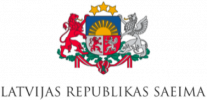On 12-13 October 2025, the parliamentarians of the Baltic Sea states met in the first meeting of the Baltic Sea Parliamentary Conference (BSPC) Working Group on Strengthening Cyber and Information Resilience to Promote Democracy (WG SCIRPD) in Tallinn, Estonia.
Chair of the WG SCIRPD and Member of the Security and Defence Committee of the Baltic Assembly Meelis Kiili opened the meeting by emphasising that digitalisation uses data and technology to boost efficiency and create new value. As artificial intelligence reshapes economies and governance, up to 20% of jobs may be affected. At the same time, non-democratic states exploit digitalisation for strategic gain, threatening democratic stability and resilience. “This presents us with a direct and growing challenge to democratic governance, economic autonomy, cognitive resilience and societal stability,” he stated.
Expert presentations
Manager of the Cyber Security Masters Programme at the Tallinn University of Technology Dr Adrian Venables informed about the programme, which equips students with the expertise to protect information systems. Courses in human factors, law, threat intelligence, space cybersecurity and the Internet of Things provide specialist knowledge, opening opportunities across various industries. Students also have the possibility to learn directly from top cybersecurity experts, alongside industry professionals. The programme is taught in English and is tuition-free for EU citizens. Each year, approximately 50-60 students are admitted, with about half coming from Estonia and the remainder from other EU member states.
Head of International Cyber Security Cooperation at the Estonian Ministry of Justice and Digital Affairs Kaido Tee and Cyber Security Legal Adviser at the Estonian Ministry of Justice and Digital Affairs Guido Pääsuke informed about the management of national cybersecurity in Estonia. For example, Estonia is currently implementing its fourth Cybersecurity Strategy, developed in response to the growing complexity and frequency of cyber threats. The strategy builds on lessons learned from numerous cyberattacks, including the large-scale attacks of 2007, and reflects the continued commitment of Estonia to strengthening national resilience, protecting critical infrastructure and enhancing international cooperation in the digital sphere. It was concluded that the overall goal of cybersecurity is to keep digital data and systems protected by confidentiality, availability and integrity.
Afterwards, Head of International Relations of the Information System Authority (RIA) Carolina Leis informed about the role of RIA in strengthening cyber and information resilience. It is the central government agency responsible for cybersecurity, information security and the management of state information systems. It operates under the Ministry of Economic Affairs and Communications and plays a key role in ensuring the security, availability and reliability of the digital infrastructure. She also emphasised that the number of cyber incidents is on a rising trend, the largest part consisting of fraud, such as scam pages and phishing attempts, used by both cybercriminals and state-sponsored threat actors.
Lastly, Commander of the Estonian Defence League Cyber Defence Unit Col Andres Hairk informed that the Cyber Defence Unit is a specialised volunteer unit within the Estonian Defence League that protects information infrastructure, supports crisis management and enhances national cyber defence capabilities. It leverages the expertise of IT professionals from the private sector to bolster national cyber resilience and provides an opportunity for volunteers who are not physically present in Estonia to contribute to the defence of the state. The presentation emphasised that the basics of national defence are the need for each citizen to play his or her part in defending the nation.
During the meeting, the members of the WG SCIRPD also discussed chairmanship, approved the programme and the meeting plans for the future, setting a foundation for their work for the upcoming two years.
Visits
The members of the WG SCIRPD visited the NATO Cooperative Cyber Defence Centre of Excellence (CCDCOE), where the Director Tõnis Saar shared insights on their work. Established in 2008, CCDCOE serves as a pivotal institution for advancing cybersecurity within NATO and among its partners. As one of 21 accredited Centres of Excellence of NATO, it operates as an international military organisation dedicated to enhancing the capability, cooperation, and information sharing in cyber defence through research, training and exercises. The CCDCOE is well-known for organising the Locked Shields exercise, which is the largest and most complex international live-fire cyber defence exercise in the world. This annual event involves thousands of participants from various nations, simulating real-world cyberattacks to test and improve defensive strategies and interoperability.
During a visit to the Tallinn University of Technology, Head of the Centre for Digital Forensics and Cyber Security Rain Ottis informed the participants that the Centre is the leading academic and research institution in Estonia, dedicated to advancing the field of cybersecurity through education, research and development. Research encompasses a broad spectrum of cybersecurity disciplines, including network security, digital forensics, cyber operations, cryptography, with a focus on post-quantum cryptography and blockchain technologies, cybersecurity education and human factors, legal aspects, as well as maritime cybersecurity.
Photos
© Erik Peinar (Riigikogu) and Secretariat of the Baltic Assembly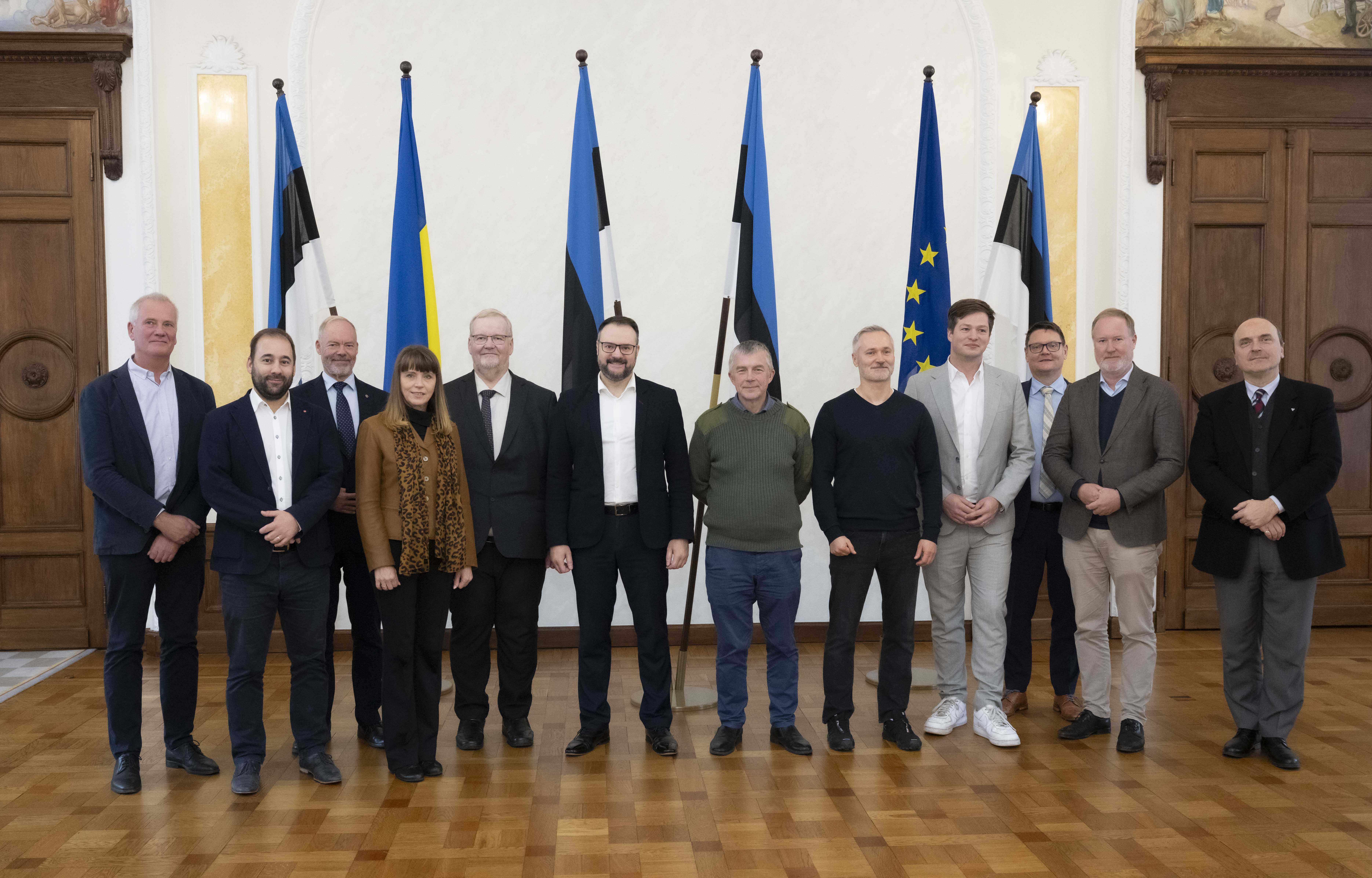
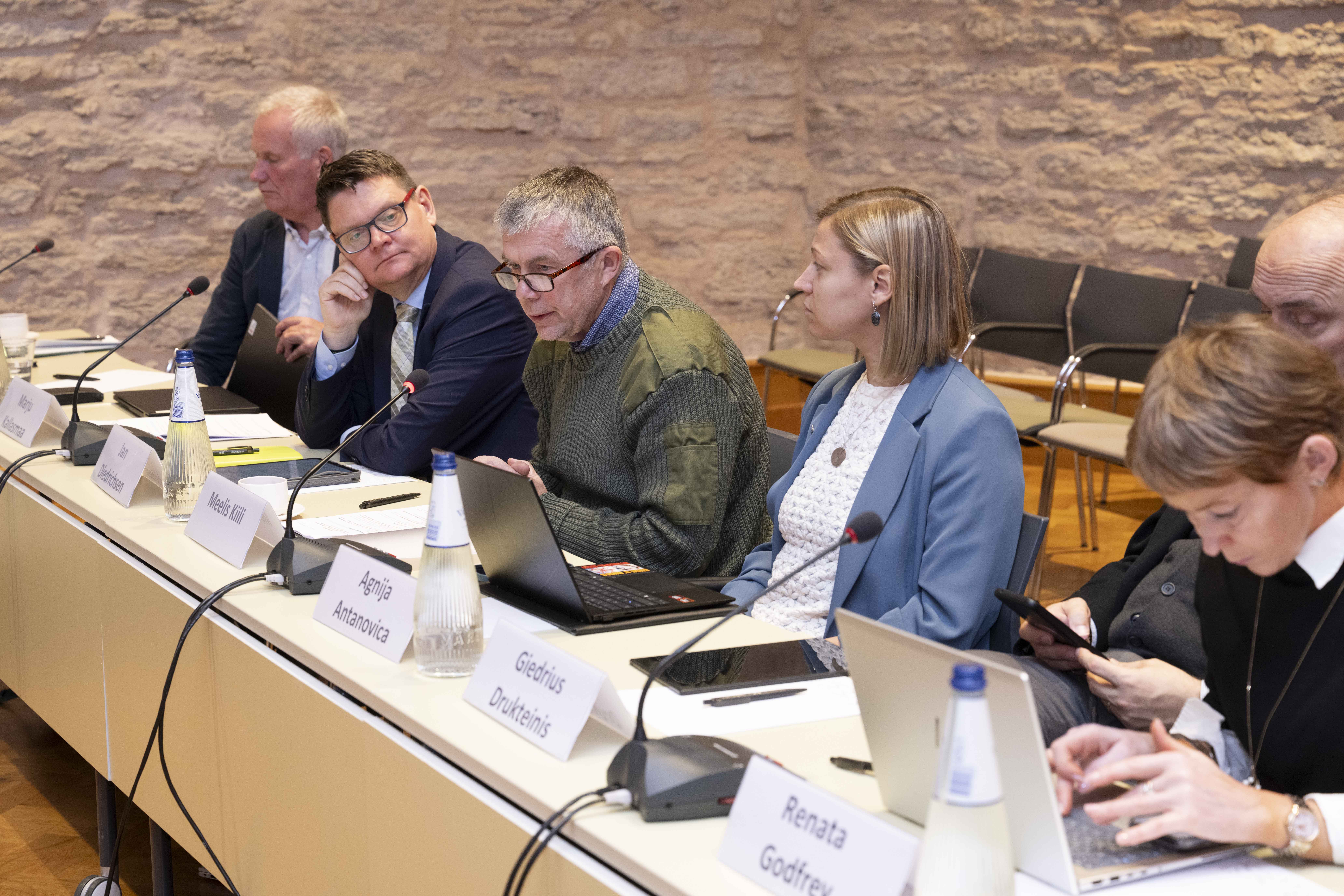
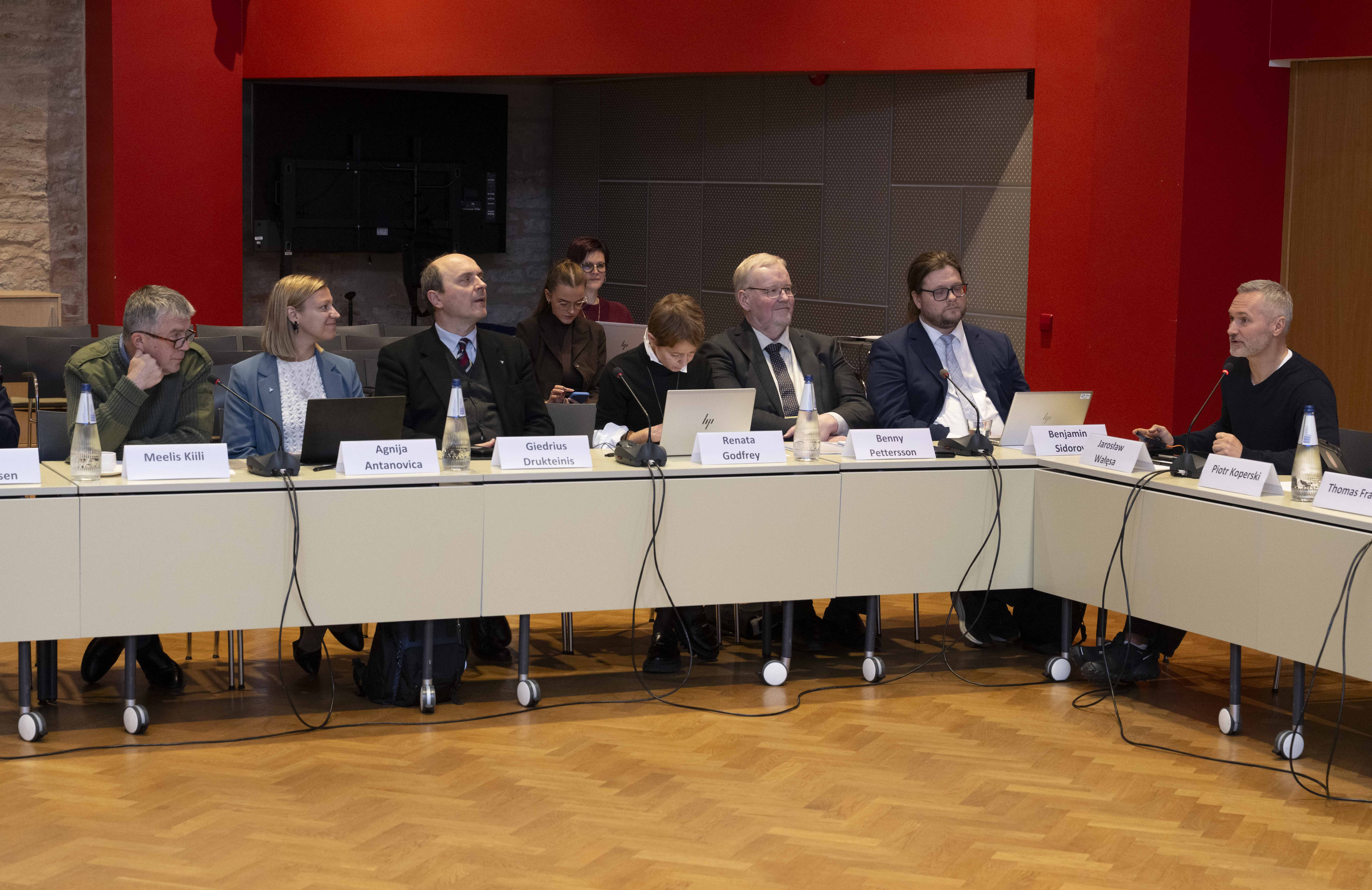
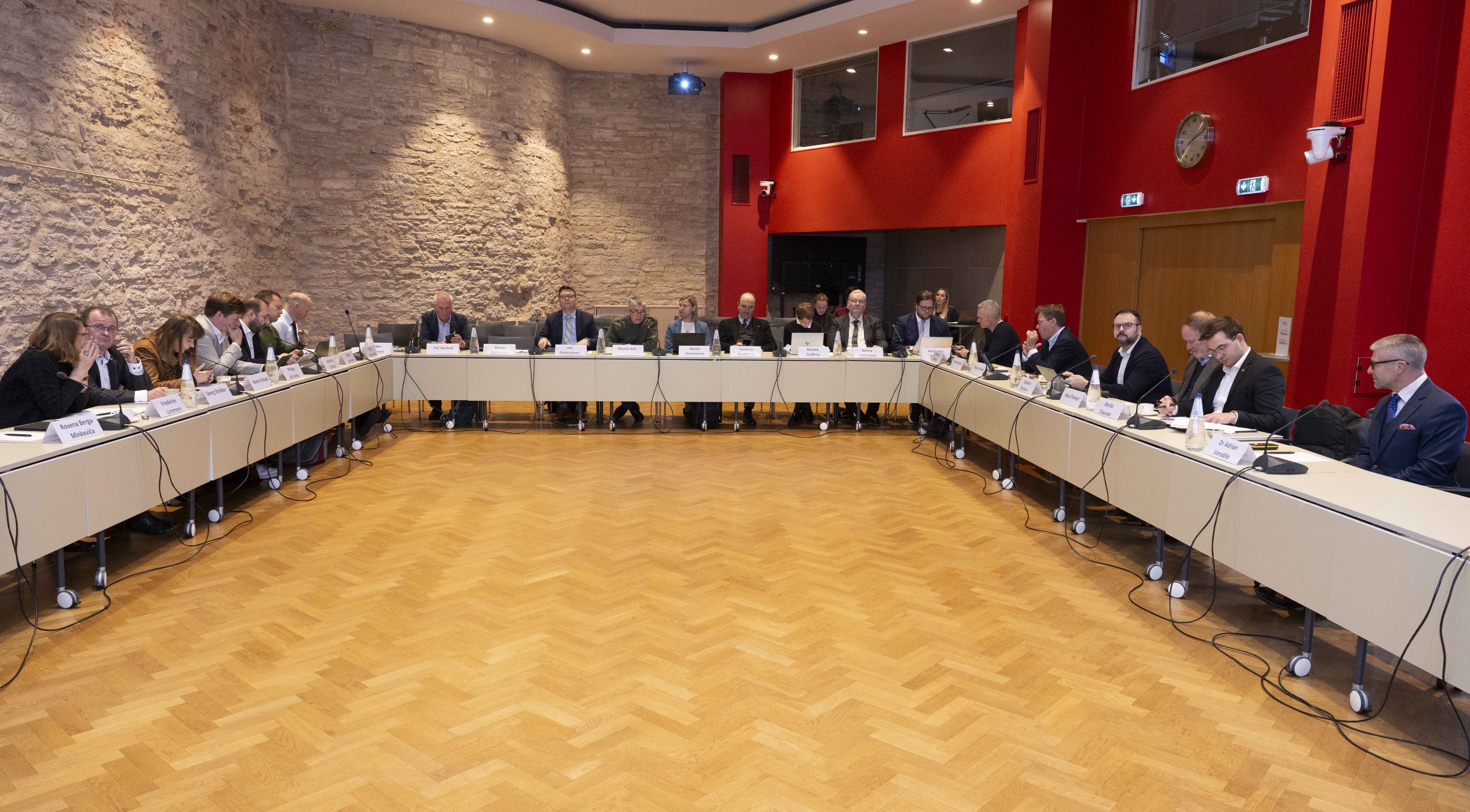
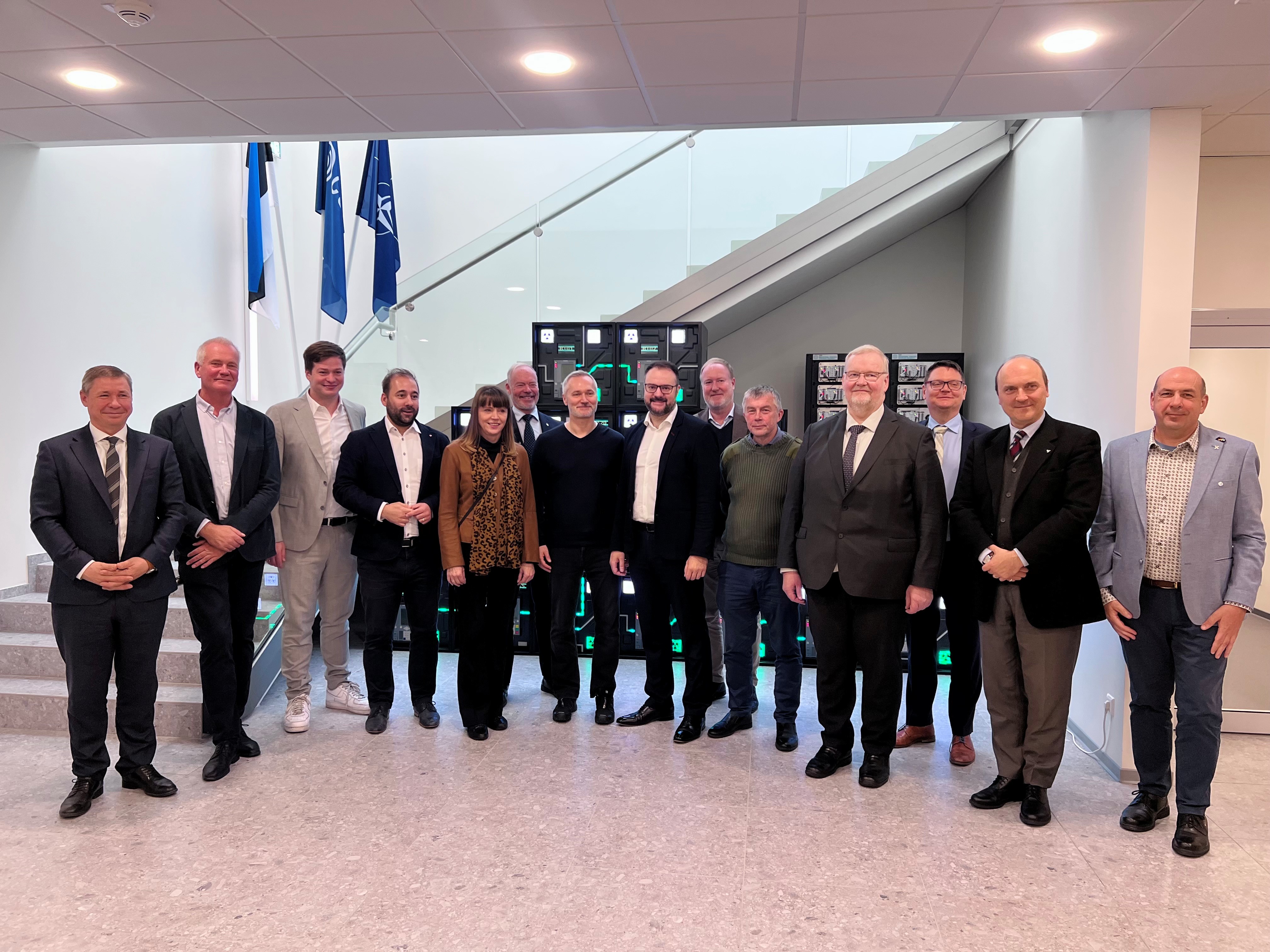
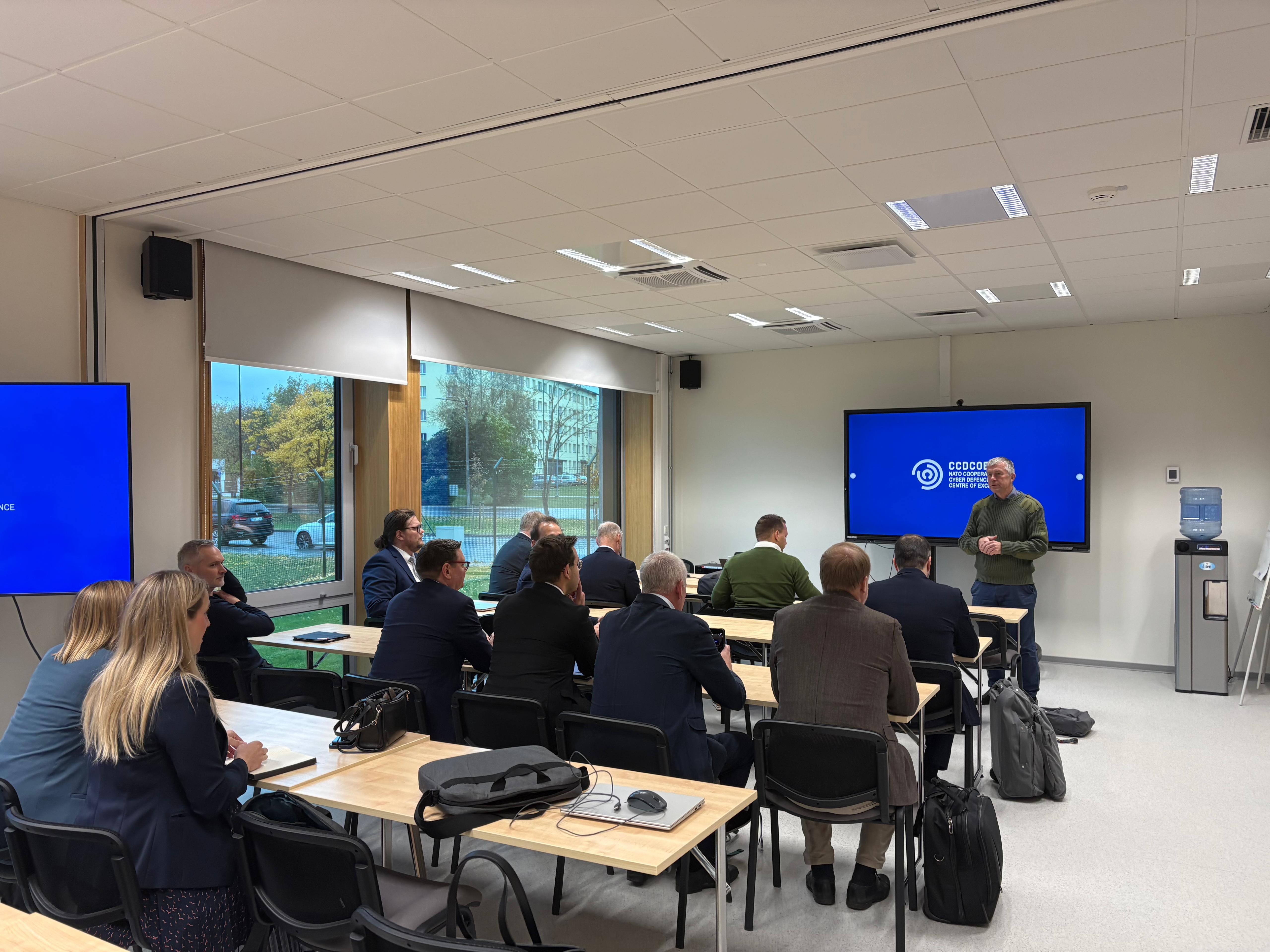
 Print
Print 

